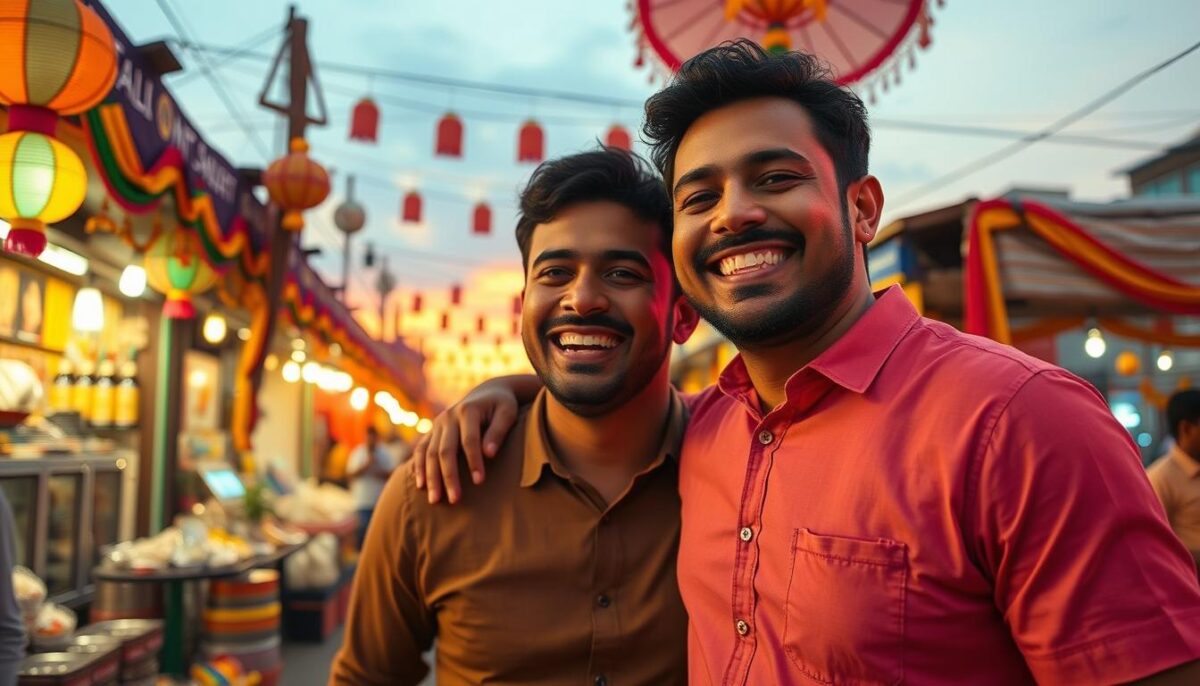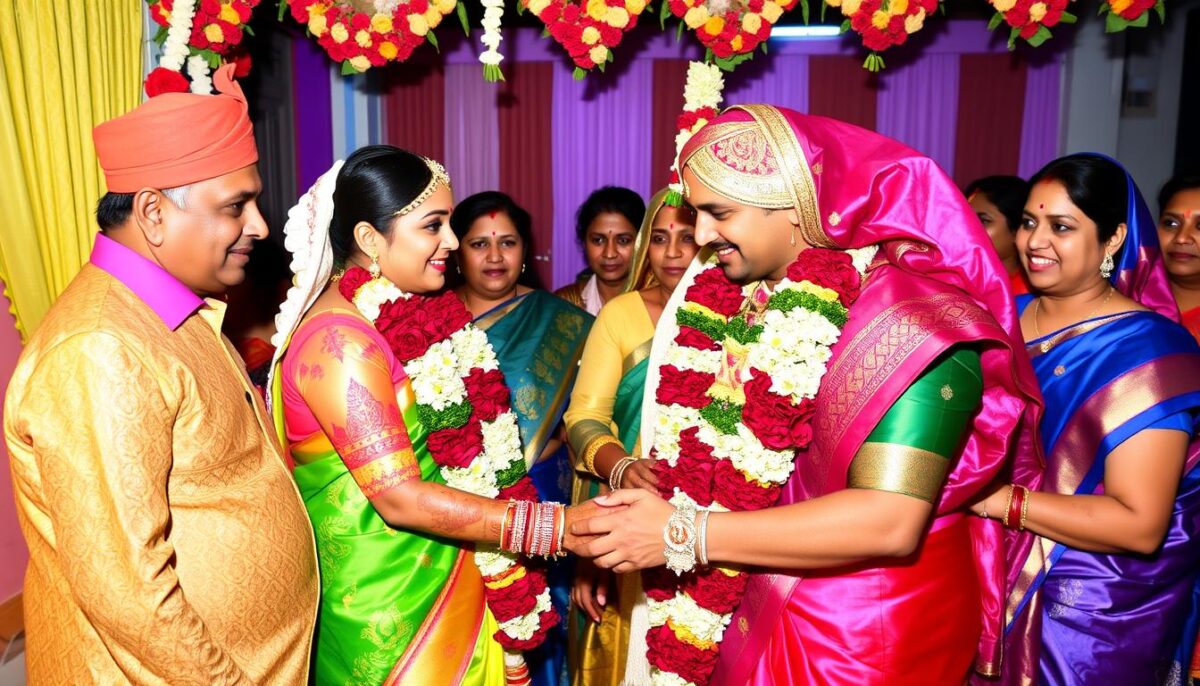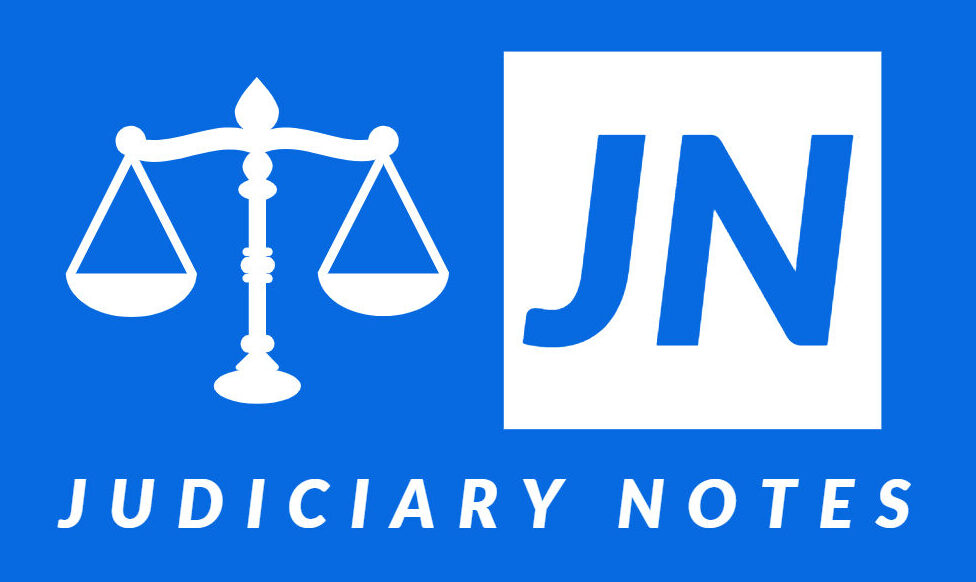Exploring the LGBTQ+ community in India, I see how important an indian gay site is. It’s a key place for people to meet and celebrate who they are. The community’s history in India goes back a long way, with ancient traditions and texts showing acceptance of different sexualities and genders.
The internet has changed how we connect, making it easier for LGBTQ+ people to find support online. Sites and social media offer a space to share and find friends. Legal wins, like the Supreme Court’s 2018 decision, show progress toward equality. This article will look at the resources for LGBTQ+ connections in India, highlighting both the challenges and successes.
The History of LGBTQ+ Rights in India
The journey of LGBTQ+ rights in India is complex, with both cultural acceptance and legal hurdles. Ancient texts like the Kama Sutra show diverse sexualities. Hinduism and related religions were once accepting of homosexuality, until the medieval period.
A third gender concept is found in Hindu and Buddhist texts. This idea was recognized in South Asia and East Asia. It helped in accepting different gender identities.
The arrival of British colonial rule changed everything. They brought laws that pushed aside native sexual practices. Section 377, introduced in 1861, made certain acts illegal, leading to harsh penalties.
By the 21st century, attitudes started to change. The Delhi High Court’s 2009 ruling was a big step. It declared Section 377 unconstitutional, protecting the rights to life, liberty, and equality.
On September 6, 2018, the Supreme Court made another big move. They struck down the law against consensual homosexual acts. This victory gave people the freedom to be themselves openly.
The Transgender Persons (Protection of Rights) Act of 2019 also made a difference. It recognized self-perceived gender identities. This shows ongoing efforts to support marginalized communities.
But, there are still challenges. A 2023 Pew Research poll found that 53% of Indians support same-sex marriage. Yet, many still resist. The fight for acceptance and equality is ongoing.
To truly understand India’s LGBTQ+ story, we must look at its history. This history has shaped the community’s ongoing battle for recognition and rights.
Understanding the Indian LGBTQ Community
The indian LGBTQ community is diverse, showing the rich culture and history of India. It includes lesbian, gay, bisexual, transgender, and queer individuals. Each group faces unique challenges and struggles.
In Assam, Noyonika and Ishita, a lesbian couple, face societal conservatism. Noyonika fears telling her family about her sexuality, showing the secrecy many endure. Their story highlights the conflict between personal truth and societal expectations.
In Punjab, Sangeeta and Minal faced harsh realities. Minal’s family opposed their relationship, leading to a court order for them to live together. Their experience shows the systemic issues that hinder acceptance.
Transgender individuals in the indian LGBTQ community face big hurdles. Sadhna Mishra from Odisha shares her childhood of oppression. As an adult, she found it hard to find office space due to discrimination.
Despite challenges, progress is made. Organizations like UN Women and UNDP work to improve LGBTQIA+ lives. They focus on awareness and healthcare, showing a commitment to fairness and equality.
Legal progress is also significant. The 2014 NALSA decision recognized the ‘third gender.’ The 2018 decriminalization of private consensual sex between men is a major victory. Yet, more work is needed for legal recognition in healthcare and insurance.
The diversity within LGBTQ+ populations is vast. The Census 2011 identified about 487,803 individuals as ‘other.’ The Transgender Persons (Protection of Rights) Act, 2019, aims to end discrimination in employment, education, and healthcare.
The Ministry of Social Justice and Empowerment has made big strides. The “SMILE” scheme supports marginalized individuals. It offers scholarships and skill training programs, aiming to improve education and economic opportunities.
While the indian LGBTQ community shows great resilience, the journey to full acceptance and equality is ongoing. It requires continued advocacy and evolving attitudes.
Indian Gay Site: A Hub for Connection and Celebration
The indian gay site is key for the LGBTQ+ community in India. It’s a safe place for people to connect, share, and celebrate who they are. This is especially important in a diverse and changing culture.
It offers forums, event listings, and resources. This makes members feel they belong. They connect for friendship, support, and to find people who get their experiences.
These sites are all about being inclusive. Companies like Flipkart and Wells Fargo are supporting LGBTQ+ talent. Flipkart has a delivery hub in Delhi-NCR run by LGBTQIA+ employees. Wells Fargo has a program to hire and train transgender people.
Initiatives like Axis Bank’s ARISE program help uplift LGBTQIA+ workers. Godrej Consumer Products also looks for LGBTQIA+ professionals. This shows the business world is embracing diversity.
On the indian gay site, people find friends, support, and even job chances. As more people use these sites, the community grows. This is crucial for those exploring their identity in today’s India.
Online Dating and Gay Dating in India
Online dating for LGBTQ+ individuals in India has grown a lot in recent years. More people are accepting of different sexual orientations. This has led to many dating platforms for this community. Mingle2 is one of them, known as India’s best 100% FREE gay dating platform.

Mingle2 has many features to make dating better. It has over 30,000 5 Star Reviews on the App Store and Google Play. This shows many people are happy with it.
Users can use search filters to find what they like. The platform supports different categories like Gay personals and Lesbian personals. This shows the diversity in gay dating in India.
- Premium Membership options available for 1 month, 3 months, and 12 months.
- Unique Power Message feature, allowing up to 5 messages a day.
- Ability to hide personal information such as age and distance from other users.
- Strict guidelines ensure inappropriate or explicit photos are not shared.
- 24/7 Admin Support available for user assistance.
The tools and community on Mingle2 help people find real connections. It’s a place for friendships, love, and shared experiences. This shows a positive change in how society views online dating for LGBTQ+.
While online dating has its challenges, Mingle2’s success stories are inspiring. Many find comfort and strength in the connections they make. It shows that love and companionship are universal.
To explore Mingle2 and see what it offers, you can check it out here.
| Feature | Description |
|---|---|
| User Reviews | Over 30,000 5 Star Reviews on both App Store and Google Play. |
| Membership | Completely free with optional premium memberships. |
| Messaging | Power Message feature; 5 messages allowed per day. |
| Privacy Controls | Ability to hide age and distance from other users. |
| Support | 24/7 Admin Support for user inquiries and assistance. |
Leading Desi Queer Platforms for Inclusivity
In the world of desi queer platforms, I see a lot of inclusivity. Many groups in India offer content and support for the queer community. They use online magazines, forums, and social networks to build a strong community.
Platforms like Gaysifamily and publications like Pink Pages and Gaylaxy lead the way. They share stories and offer resources for support and advocacy. Personal stories are key, covering topics from coming out to body positivity and activism.
The following table highlights the contributions and focus areas of some leading desi queer platforms:
| Platform | Focus Areas | Language Availability | Content Types |
|---|---|---|---|
| Gaysifamily | Community engagement, personal stories, love and relationships | English, Hindi | Articles, forums, personal narratives |
| Pink Pages | Health, human rights, gender, and sexuality | Multiple regional languages | News, interviews, literature |
| Gaylaxy | Intersectionality, visibility, representation | English | Online magazines, personal accounts, activism |
| Delta | Digital community, connections, safe spaces | English, Hindi | Social networking, events, advocacy |
| South Asian Today | Business, women in LGBTQ+ community | English | Publications, campaigns, newsletters |
These platforms cover a wide range of topics, showing their dedication to inclusivity. With over 30 platforms, each with its own style, there’s a wealth of stories. They celebrate diversity and create safe spaces for everyone to connect and share.
Same-Sex Matrimonial Services: Bridging Cultural Gaps
Same-sex matrimonial services in India mark a big change for the LGBTQ+ community. After the Supreme Court made homosexuality legal in 2018, many couples wanted to celebrate their love. They chose wedding-like ceremonies to show their commitment.
Even though traditional laws in India define marriage as between a man and a woman, these services help LGBTQ+ individuals find partners. They look for people who share their cultural background and values.
This shows a need for connection in a society where marriage is a big deal. As people become more accepting, more are open to same-sex relationships. A Pew survey showed a 22 percentage point increase in acceptance from 2013 to 2019.
These services let people find partners within their cultural framework. They offer support for both emotional and practical aspects of relationships.
But, there are still challenges. Same-sex couples face legal and spousal rights issues. They are not recognized under laws like the Hindu Marriage Act. Cultural expectations around marriage and family are hard for LGBTQ+ individuals.
Young men, especially from wealthy backgrounds, face family pressure while seeking acceptance. Their desire for marriage often shows their gay identity. But it doesn’t always lead to a big LGBTQ+ movement.
These matrimonial services are key in cultural integration. They help people connect on levels beyond romance. They focus on values like commitment, support, and community, which are important in Indian culture.
Private institutions recognizing same-sex relationships show a shift in society. They offer a framework for growth in this area.

Exploring LGBTQ+ Personal Ads in India
LGBTQ+ personal ads in India are key for finding friends, companions, or love. They help build community and give a sense of belonging. This is especially important for those exploring their sexual orientation in a diverse but challenging culture.
Many platforms exist for posting these ads, each reaching different parts of the community. Websites, social media, and dating apps are popular for sharing interests and desires. My experiences show these ads are filled with real emotions, creating a space of openness and diversity.
In a world where discrimination and lack of representation are common, these ads fight loneliness. They are a step towards creating safe spaces for identity and connection. The community’s response shows their value—people are not just sending messages but also joining a conversation about acceptance and love.
- LGBTQ+ personal ads provide a platform for honest self-expression.
- They facilitate discussions around challenges and aspirations faced by the community.
- Engaging with these ads can lead to deeper relationships and understanding.
The growth of LGBTQ+ personal ads in India shows a changing story. It’s one where community connections grow despite challenges. I’ve seen how these ads remind us that love and companionship are universal, beyond societal barriers.
Creating Safe Spaces for Queer Desi Connections
In India’s LGBTQ+ community, creating safe spaces is key for queer desi connections. These places let people show who they are without fear. They help those who feel left out find friends.
LGBTQ-friendly spaces are vital, online or offline. Sites like Delta and Gaysi offer more than just dating. They help grow communities by providing support and resources. Delta, for example, has grown by 100% each month, showing the need for safe places.
Gaysi has been a leader in queer desi connections for ten years. It shares stories, articles, and hosts events. The ‘Gaysi Zine’ gives a voice to the queer community’s diverse stories.
Groups like Gaysi show that queer desi identities need support. They help create chosen families for those without traditional family support. This is where community development really matters, helping people support each other.
Dating apps like Tinder now offer 23 gender identity options. This shows a growing understanding of diverse identities. It makes finding real connections safer and more likely.
Aastha, a trans woman, talks about her dating app experiences. She stresses the need for privacy and safety. Her story highlights the importance of safe spaces for the LGBTQ+ community.
| Platform | Key Features | User Demographics | Focus Areas |
|---|---|---|---|
| Delta | Safe space for LGBTQ+, user-friendly interface | 57% gay, 12% lesbian, 24% bisexual, half from non-metro areas | Community support, safety features |
| Gaysi | Story sharing, events, online magazine | Cis-gender queer women-led, inclusive to all | Inclusivity for LBT individuals, chosen families |
Highlighting the value of these safe spaces is crucial. It helps queer desi connections grow. It lets people explore their identities freely, with the support they need.
Spotlight on Indian Gay Personal Ads
Looking into indian gay personals shows us what the LGBTQ+ community wants and values. These ads reflect the struggles and dreams of gay people in India. They are a way to share the need for love, friendship, and connection, showing the community’s spirit.
There’s a balance between wanting to be seen and staying hidden in these ads. Many people yearn for connection but face the challenges of societal norms and family expectations. The ads often talk about wanting love and understanding partners. Even though many seek secret meetings, more people are open to public relationships.
As India becomes more accepting of LGBTQ+, personal ads are key for building community. A Pew survey showed a big jump in acceptance of homosexuality from 2013 to 2019. Yet, fear of stigma still affects how people present themselves in these ads.
Here’s a table with common themes in Indian gay personal ads:
| Theme | Description | Example |
|---|---|---|
| Love | Seeking meaningful romantic relationships | “Looking for a partner to share life’s joys and challenges.” |
| Friendship | Desire for platonic connections and camaraderie | “Let’s meet for coffee and see where things go.” |
| Discretion | Requesting privacy in connections due to societal pressures | “In search of a discreet relationship without any complications.” |
| Understanding | Seeking partners who comprehend cultural dynamics | “Looking for someone who understands the challenges of our community.” |
Pride Dating Apps in India: Evolving Digital Landscapes
In recent years, pride dating apps in India have changed the way LGBTQ+ people meet. Gone are the days of bars and magazine ads. Now, apps are the go-to for finding love. These apps help people connect safely and privately, thanks to growing acceptance of LGBTQ+ relationships.
Apps like Grindr have over 10 million users worldwide. Their popularity has grown fast, showing a big cultural change. Now, gay men in India can find love without fear of judgment. New apps keep coming, meeting the needs of the Indian LGBTQ+ community, making it easier to find connections.
Pride dating apps do more than just connect people. They help build strong relationships and a sense of community. Studies show they can even help with mental health issues, especially for LGBTQ+ teens. As technology advances, finding true connections will only get easier.

